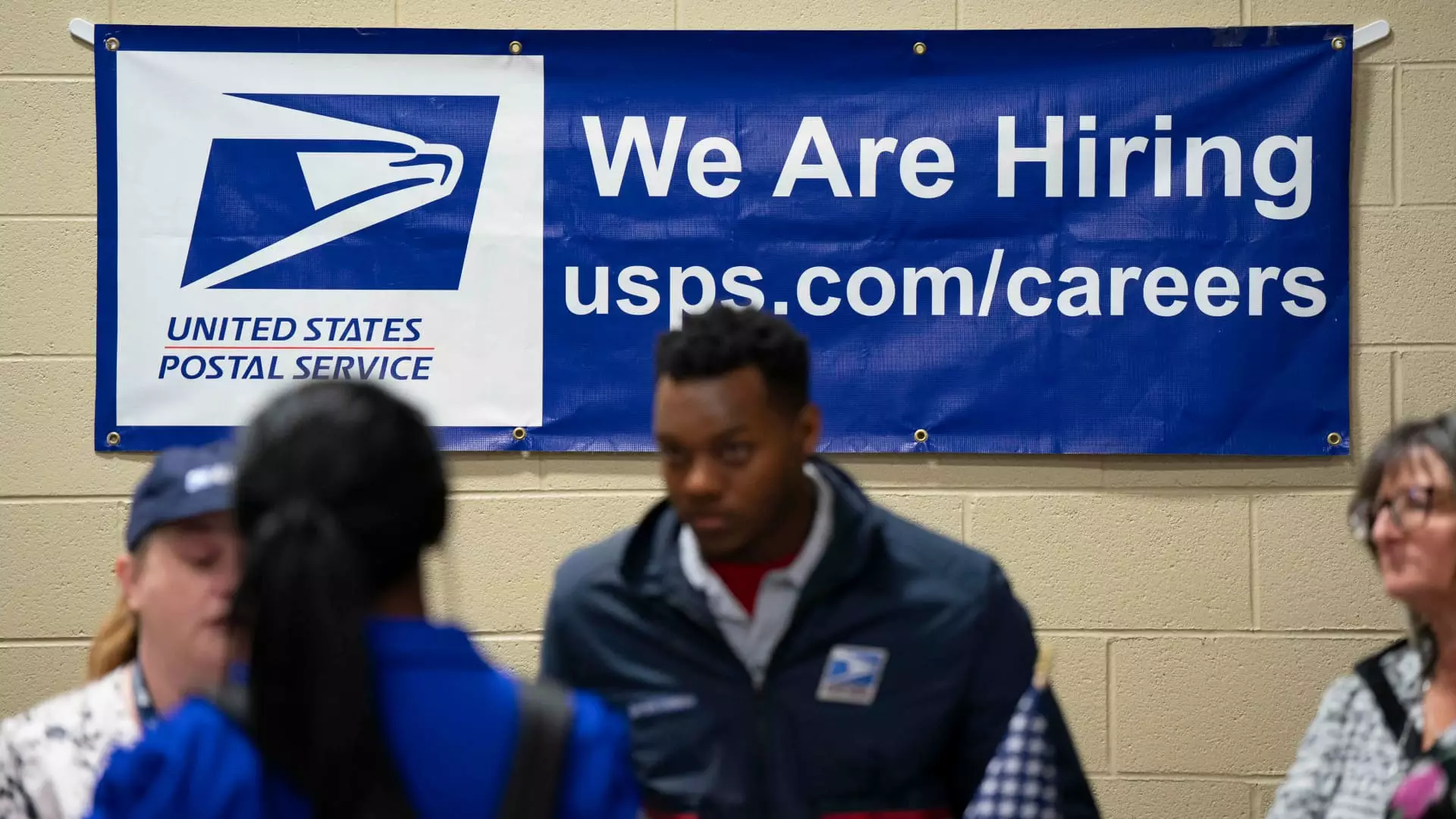While media coverage often focuses on positive indicators, the underlying factors contributing to the current labor market’s performance cannot be overlooked. The recent report from the Bureau of Labor Statistics may have revealed a modest rise in nonfarm payrolls by 139,000 in May—above the tepid expectations of 125,000—but culling through the details reveals a deeply concerning economic foundation. Just as a house built upon sand is destined to crumble, so too is this job growth, which shows flickers of resilience yet stands on the precipice of significant turmoil.
Additionally, the unemployment rate miraculously remains steady at 4.2%, while a broader measure incorporating discouraged workers refuses to budge from 7.8%. However, stability in this context could be misleading. It’s crucial to remember that mere stability does not equate to health; complacency in the face of stagnation could very well fuel the downward spiral lurking just around the corner.
The Illusion of Growth
The narrative of steady job gains is buoyed by strong contributions from specific sectors. Health care seems to be the shining star, adding an impressive 62,000 new positions in May—above its average of 44,000. Leisure and hospitality followed suit by adding 48,000 jobs, while social assistance creaked in with 16,000. However, one should ask at what price these gains come. Are we simply inflating numbers through sectors that do not yield long-term, stable employment opportunities?
More disconcerting is the impact of President Trump’s policies, especially those aimed at trimming the federal workforce. The loss of 22,000 government jobs serves as a stark reminder of how political agendas can have tangible effects on job security. The job market’s apparent strength could turn out to be a transient phase, heavily reliant on the whims of an unpredictable administration that appears more intent on playing trade chess than fostering a stable economy.
Emerging Signs of Instability
Although the May jobs report seemed to indicate a positive trend, a deeper analysis reveals significant red flags. Job numbers from the preceding months were revised downward—April by 30,000 and March by a striking 65,000. This downward revision is not just a footnote but a signal, suggesting that the supposed growth could have been more of a statistical anomaly rather than an enduring trend.
Additionally, the disparities between the establishment survey—which reported job gains—and the household survey, which captured a troubling reduction of 696,000 employed individuals, should raise alarms. Such inconsistencies highlight the fragility of a labor market that may appear robust on the surface but is simultaneously shedding full-time positions while bringing on underemployment and part-time work. Indeed, 623,000 full-time roles disappeared compared to just a 33,000 increase in part-time jobs.
The Broader Economic Context
We are, it seems, caught in an economic cycle teetering on the edge, influenced significantly by policies that prioritize tariffs and international posturing over genuine economic health. Consumers and business leaders are not simply skeptical; they are actively fearful. The impending consequences of tariffs loom large, creating a climate of anxiety that hampers business activities and may lead to inflationary pressures that the Federal Reserve now regards with growing caution.
As we move toward the upcoming Federal Reserve policy meeting, the expectation is a freeze on interest rates, yet this position is tenuous at best. Without proactive measures to stimulate genuine economic growth, we risk spiraling into recession. The threat isn’t merely abstract; with uncertainty hanging in the air, any shifts in policy could lead to unpredictable outcomes.
The current labor statistics, while superficially reassuring, are misleading enough to create a false sense of security. The fine line between stability and fragility has never been thinner. If we do not place our faith in a governance infrastructure that prioritizes long-term growth, we may find ourselves groping in the dark as the economic footing beneath us continues to erode.

